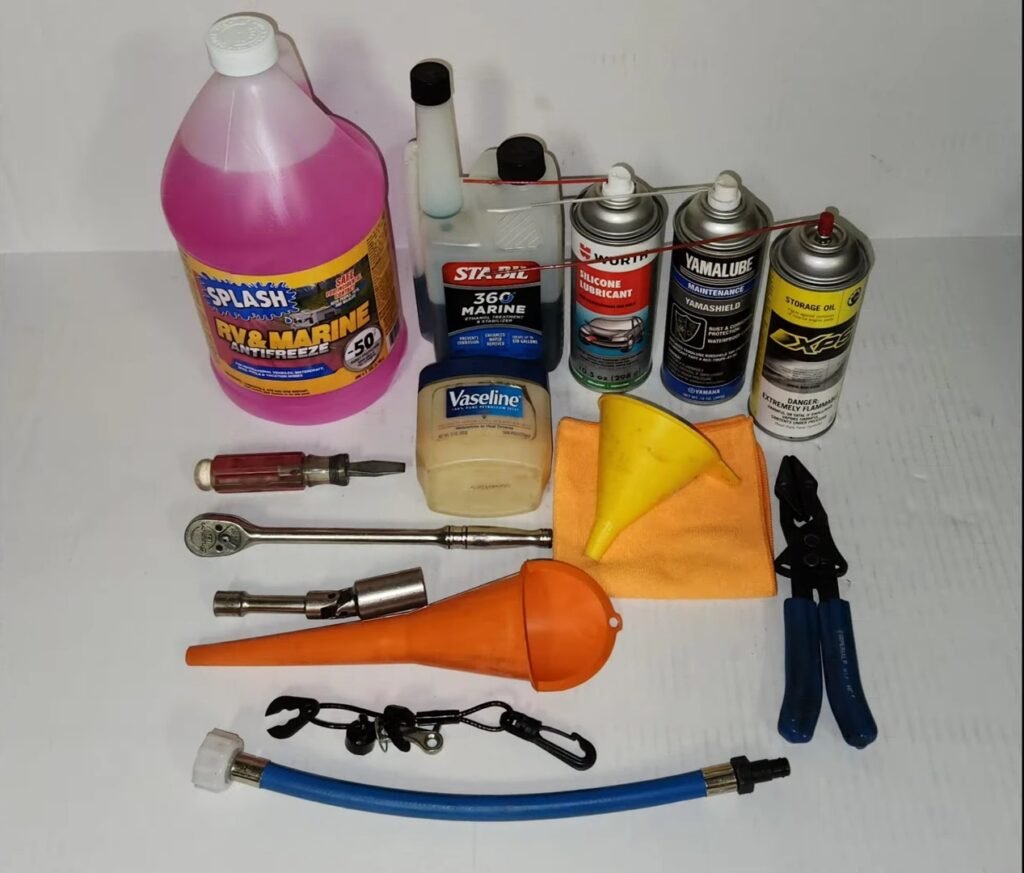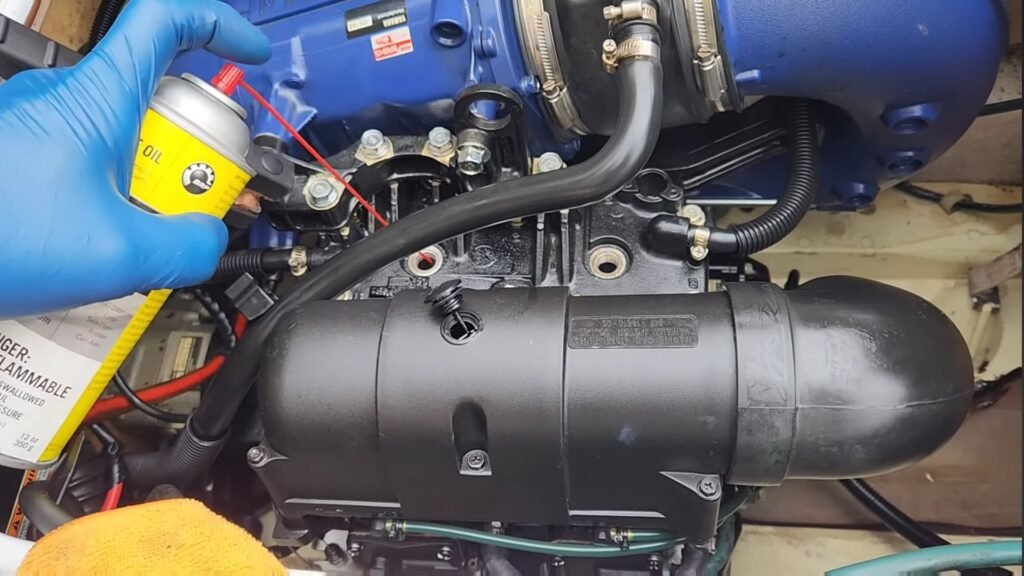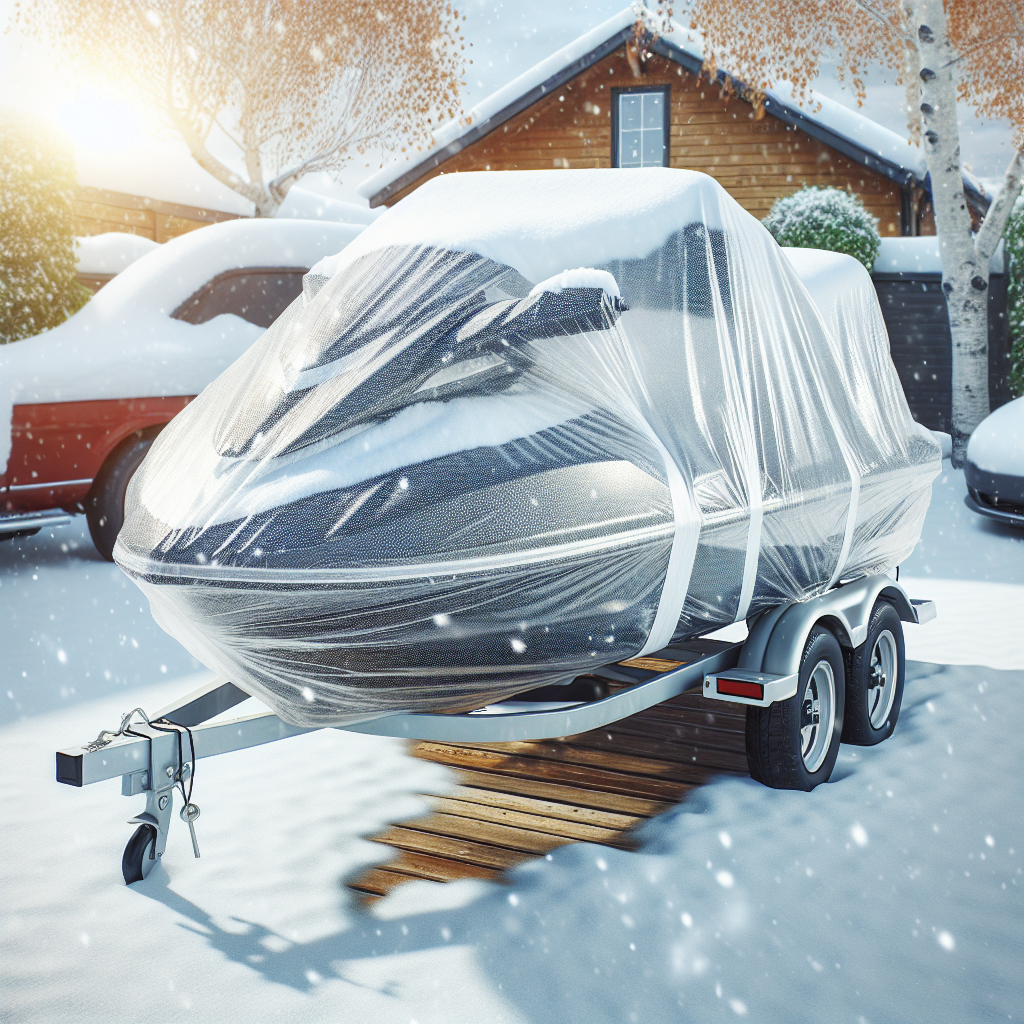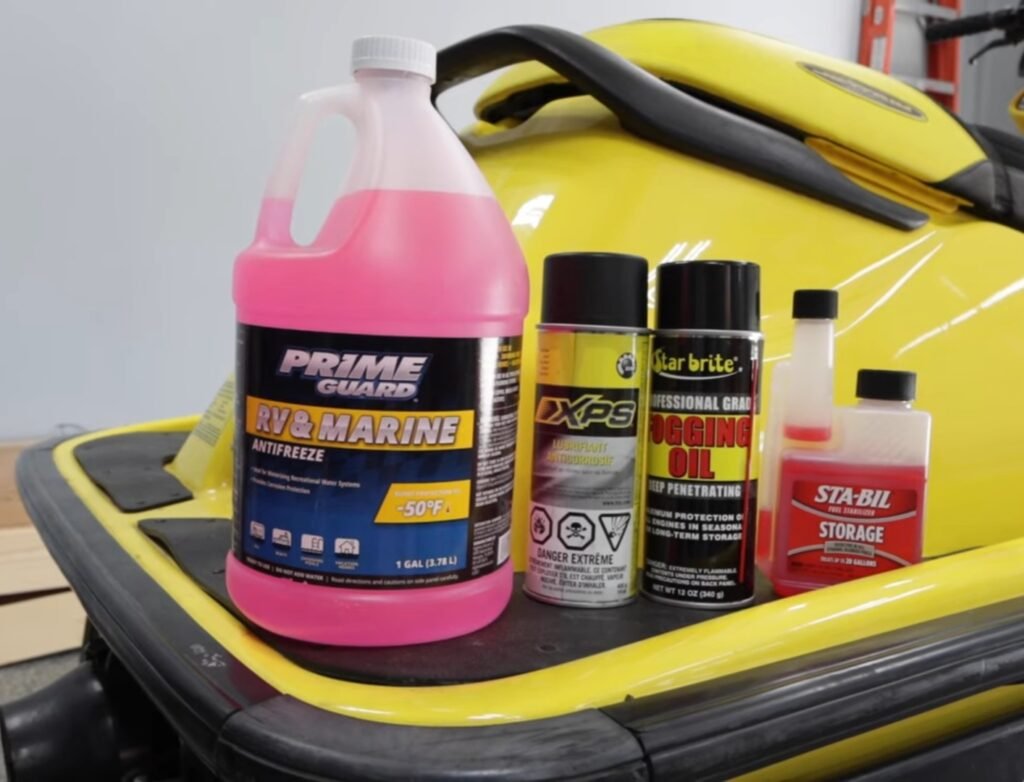This post may contain affiliate links, which means that I may make a small commission off items you purchase at no additional cost to you. Please see my terms of use page for details.
Winterizing a jet ski is an important step in ensuring its longevity and proper functioning. When you properly Winterize a jet ski for the cold winter months, you can prevent potential damage caused by freezing temperatures and extended periods of inactivity. Winterization involves draining the water from the engine and cooling system, adding fuel stabilizer to prevent fuel degradation, lubricating moving parts, and storing the jet ski in a dry and protected area. These precautions will help you start the next season with a well-maintained and ready-to-go watercraft.
How Do You Winterize A Jet Ski?
Introduction
As the colder months approach, it is important to properly prepare and protect your jet ski from potential damage caused by freezing temperatures and non-use. Winterizing your jet ski is a crucial step to ensure its longevity and optimal performance when the warmer season returns. In this article, we will guide you through how to winterize a jet ski, providing you with valuable tips and instructions to safeguard your investment.
Why is Winterizing Important?
Freezing temperatures and prolonged periods of inactivity can have detrimental effects on your jet ski if not properly addressed. Without adequate winterization, various components such as the engine, fuel system, cooling system, and hull can be susceptible to damage caused by freezing water or corrosion. By following the necessary steps to winterize a jet ski, you can prevent costly repairs and ensure that it is ready to hit the water when spring arrives.
Checkout the two videos below that I have made about how to winterize a jet ski off of my You Tube channel, one is for a 2 stroke winterization and the second one is the 4 stroke winterization process:

Step-by-Step Guide to Winterize A Jet Ski
1. Cleaning and Inspection
Before commencing the winterization process, it is essential to thoroughly clean your jet ski’s exterior, removing any dirt, grime, or marine growth that may have accumulated during use. Once cleaned, inspect the hull for any signs of damage or wear, ensuring that it remains in good condition. It is crucial to address any necessary repairs before you proceed with the steps to winterize a jet ski.

2. Fuel System Preparation
Start by adding a fuel stabilizer to your jet ski’s fuel tank, if you have used any ethanol fuel at all you should be using the blue marine 360 fuel stabilizer. This will help prevent the fuel from breaking down and causing issues when the jet ski is not in use. Once the stabilizer is added, run the engine for a few minutes to ensure it circulates through the entire system. It is recommended to follow the manufacturer’s instructions for the appropriate amount of stabilizer to use.
If you store your ski for only 1 year I recommend you treat your fuel and top your fuel tank up with fresh premium fuel til it is used the next season. If you have any idea that the ski will be stored for more than 1 year I recommend emptying your tank and only leaving approx. 1 gallon of stabilized fuel in the fuel tank. This will make it easier for the fuel system to recover once the ski is put back into service.
3. Oil Change
Changing the oil in your jet ski’s engine before winterizing is highly recommended. Over time, oil can become contaminated with impurities and can degrade, leading to potential engine damage. By replacing the old oil with fresh oil, you minimize the risk of corrosion and ensure that your engine is protected during the storage period. If you have a 4 stroke model this is an important step when you winterize a jet ski.
4. Flushing the Cooling System
Flushing the cooling system is a vital step in the winterization process. Connect a flushing kit to the fresh water flush port of your jet ski and let clean fresh water run through the system for a few minutes. Check your owners/ service manual for proper run time for flushing your ski, duration sometimes varies. If you use your ski in the ocean it is a good recommendation to run Salt Away through the cooling system prior to treating it with antifreeze so the salt water is displaced with fresh water. This will remove any salt, sand, or debris accumulated during use and prevent corrosion in the cooling system.
Properly draining the cooling system is important to avoid potential freezing and damage. Flushing out contaminants in the cooling system is a crucial step when you winterize a jet ski.
5. Fogging the Engine
To protect the internal components of your jet ski’s engine; and to properly winterize a jet ski engine; it is recommended to use fogging oil. Follow the manufacturer’s instructions to introduce the fogging oil into the air intake while the engine runs. A second option is to coat the combustion chamber by removing the spark plugs and treat the intake tract, then turn the engine over with coils or plug wires removed to distribute the fogging oil throughout. The fogging oil will coat the internal parts, providing a protective barrier against rust and corrosion throughout the winter storage period.

If you would like to see my video on just fogging your engine check it out below:

6. Battery Maintenance
It is important to properly maintain your jet ski’s battery during winter storage. Start by disconnecting the battery and removing it from the jet ski. Store it in a cool, dry place and periodically charge it to maintain its charge level. Regularly check the battery’s voltage to ensure it does not drop below a safe level. Additionally, clean the terminals and apply a protective corrosion inhibitor to prevent any rust or damage. In order to prevent fuel vapors igniting from a stray spark from the battery charger it is prefered to remove the battery from the ski to maintain it when you winterize a jet ski.
7. Protecting the Jet Ski
To safeguard your jet ski from external elements during the winter months, consider investing in a high-quality cover specifically designed for your personal watercraft. This will shield your jet ski from snow, rain, and UV exposure. If you purchase a custom cover that fits the mirrors, steering assembly and seat properly the majority of the rain water will run off properly. Ensure that the cover is properly secured and that it provides adequate ventilation to prevent moisture buildup. The MFA display can easily get damaged if left in direct sunlight for an extended period of storage. Using a storage cover is a very important part of shielding your ski from UV sun damaging rays when you winterize a jet ski.

8. Storage Considerations
When selecting a storage location for your jet ski, it is important to choose a dry and well-ventilated area. If possible, store it indoors to minimize exposure to harsh winter conditions. Elevating the jet ski off the ground using a stand or pallets can help prevent flat spots on the tires. Avoid storing your jet ski near any chemicals or flammable materials.
Additional Winterization Video On A Seadoo Spark:
Conclusion
By following these steps to properly winterize a jet ski, you can ensure its longevity and optimal performance for years to come. Don’t overlook the importance of winterization, as it serves as a crucial preventative measure against potential damage caused by freezing temperatures and non-use. Remember to consult your jet ski’s owner’s manual for model-specific instructions and recommendations. With proper care and maintenance, your jet ski will be in prime condition when it’s time to hit the water again in the spring. Once you have performed the above steps you can relax knowing that you learned how to properly winterize a jet ski. Enjoy the winter season knowing your jet ski is protected!
Related Articles:
How Fast Can A Jet Ski Go? Do You Prefer The Calm Rec. Ski Or The Intense Performance Ski?

